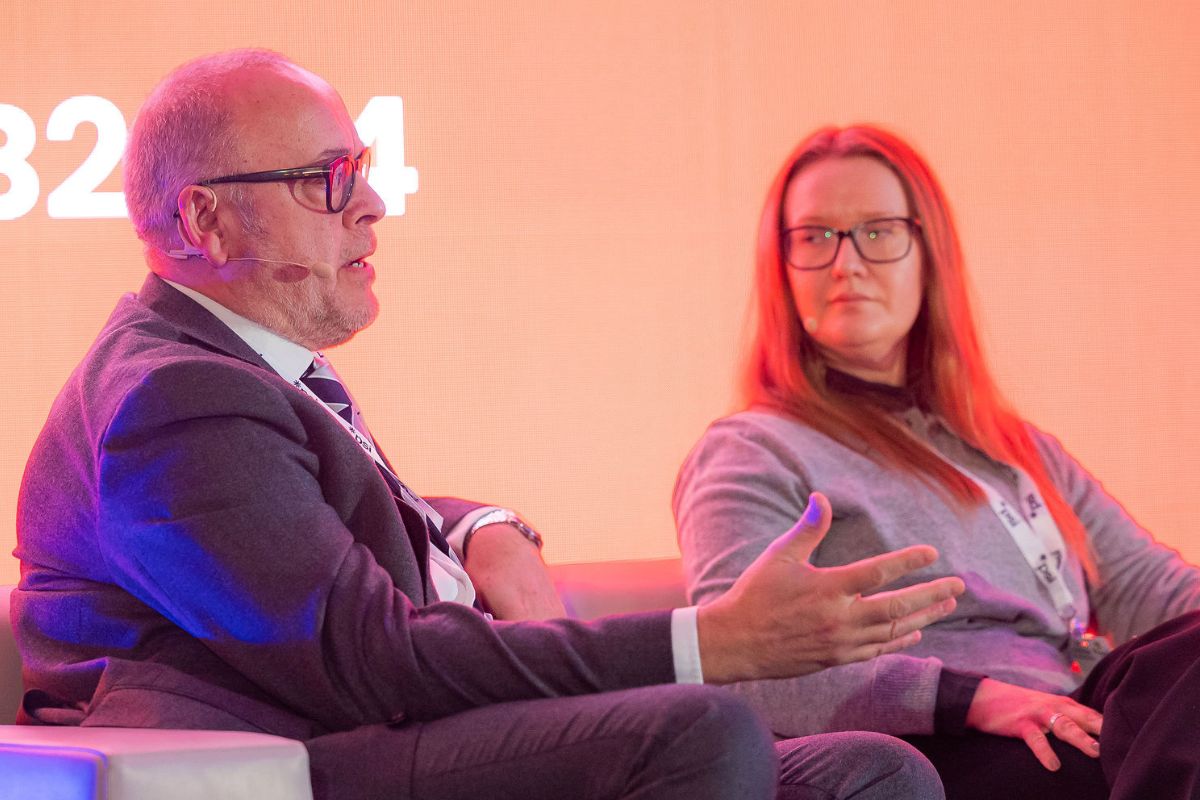Digital Workspace becomes top IT priority for education sector, Softcat report reveals

The findings of @Softcat’s annual Business Technology Priorities Report (2021), reveals the technologies the education sector will be prioritising over the year ahead.
- 80% of education organisations are prioritising Digital Workspace solutions in the year ahead
- 22% now say sustainability is key to their IT decision making
The findings are based on the views of nearly 1,250 organisations in the UK and Ireland, across 23 industries including education.
Looking at a sector level, the report reveals 80% of organisations in the education sector are now prioritising Digital Workspace solutions above all other technology areas.
Technology is playing an increasingly important role in the planning, provision and delivery of education, accelerated further by the COVID-19 pandemic and government ordered restrictions on in-person teaching.
Exceptional user experience and frictionless workflows are becoming key to supporting students and employees to work easier, from anywhere, requiring investment in new Digital Workspace solutions.
Digital Workspace solutions put people first and technology second. They enable true collaboration and deliver a great user experience by securely connecting people, applications, data and devices together, helping employees to do their job seamlessly – wherever they are.
Cyber Security is the second most cited technology investment area for the next year, with 68% of education organisations saying it’s an important part of their IT strategy.
Maintaining robust cyber security is a pressing challenge for the education sector, as demonstrated by the Cyber Security Breaches Survey 2021.
While primary schools are relatively close to the typical business in terms of how many identify breaches (36% vs 39%), secondary schools (58%) and further education colleges (75%) are much more likely to identify breaches.
Universities have also become lucrative key targets for cybercriminals in recent years, mainly (but not soley) due to the huge amounts of non-public research information they hold.
A report published by the National Cyber Security Centre shows that the university sector was the third most vulnerable to cyberattack.
And as education becomes more digitalised, the sector will only attract more interest from cybercriminals looking to exploit vulnerabilities for monetary gain. Therefore, cyber resilience in education is now a high priority and organisations are being encouraged to take a proactive rather than reactive approach to securing networks, devices and data.
Networking is ranked as the third most important IT priority within education, according to the study, with 43% of respondents citing it.
Importantly, organisations were also able to rank sustainability as a focus for the first time. And 22% of those in the education sector (compared to a 10% cross-sector average) cited sustainability as an important factor in their IT strategy for the coming year, signalling a shift towards greener and more ethically conscious decision making.
Technology has a vital role to play in supporting organisations in meeting their sustainability goals, to ensure compliance with tightening legislation and help the global community meet science-backed climate targets.
Richard Wyn Griffith, Managing Director of Softcat commented on the findings:
“Over the past 18 months or so, the education sector has been heavily challenged; working hard to limit the impact on business-as-usual or respond to unprecedented restrictions on in-person teaching.
“People, empowered by technology, have made navigating this uncertain and disruptive period possible. And this will only continue as we learn to live and thrive with new ways of working.”
*2021 Softcat Business Tech Priorities Report findings based on a survey sample of 1,248 private and public sector organisations in the UK and Ireland across 23 different industries.











Responses